High-impact workouts have gotten a lot of attention recently. It seems like everyone is hitting HIIT class (high-intensity interval training) in order to train hard and make gains.
But high intensity often means high impact — and that simply does not work for everybody. High-impact exercise puts a lot of stress on your joints, which can cause pain and even injury, sidelining you for weeks to months. But high impact is not the only way to get a great workout.
The Paseo Club is a social club in the Santa Clarita Valley offering fitness classes, tennis and pickleball courts, and a junior Olympic pool. There is a range of programs for people of all abilities.
In this article, we will explore what high-impact exercise is, its risks, and what exercises you can do to get a great workout in and still take it easy on your joints.
 What is high-impact exercise?
What is high-impact exercise?
High-impact exercise is any exercise where both your feet are off the ground simultaneously.
What are examples of high-impact exercises?
There are many types of high-impact exercises, including sports.
- Soccer
- Tennis
- Burpees
- Running
- Basketball
- Jump rope
- Plyometrics
- Gymnastics
- Racquetball
- Lung jumps
- Squat jumps
The 4 risks of high-impact exercise
High-impact exercise causes an impact of 2.5 times your body weight, putting strain on joints, ligaments, and tendons. There are several risks associated with high-impact training.
1. Pain
Whether it is twisting your ankle as you pivot for a swing of the racquet or not clearing the edge of the box when you jump, fast-paced, high-impact movements can cause pain. This is especially true for people with arthritis or osteoporosis.
2. Joint injuries
Repetitive pounding and jarring movements, such as running or jumping, can put a significant strain on your joints, increasing the risk of injuries. Your knees, ankles, and hips are particularly at risk. Injuries can be stress fractures (micro-cracks in your bone), strains, sprains, and damage to connective tissue.
3. Overtraining and burnout
High-impact exercises often mean high intensity. Demanding that degree of training week in and week out can lead to overtraining and burnout. This is especially true if you do not adequately rest and recover. Burnout can lead to a plateau in gains at the least, and exhaustion, injury, and lower immune function at the worst.
4. Aggravate existing conditions
High-impact exercises can worsen certain chronic health conditions, including arthritis, osteoporosis, or pre-existing joint problems. These conditions simply cannot structurally handle the impact, the pain increases, and conditions can worsen.
 Who is most at risk for injury doing high-impact exercise?
Who is most at risk for injury doing high-impact exercise?
Overweight or obese people are more at risk. They are more apt to develop an injury due to the additional weight on their joints.
Older people, who are smokers, have pre-existing joint problems such as arthritis, have sedentary jobs, have high or low flexibility, or have high arches are also more prone to getting injured when doing high-impact exercise.
Can you get the same health and fitness benefits by doing low-impact exercise?
High-impact exercises get your heart rate up quickly so you can burn a higher amount of calories in a short amount of time. You also increase bone density, power, and speed.
Although low-impact movements typically do not elevate your heart rate as much, there are ways to burn the same, or similar, amount of calories as high impact and increase your muscle strength.
- Weightlift
- Swim sprints
- Mat or reformer Pilates
- Add incline to your walk
- TRX suspension system
- Isometric movements (timed holds) — planks, side planks, squats, hollow holds, etc.
Choosing the best workout for you
Whether you prefer workouts that focus on flexibility, high-intensity, or strength-building, you have to pick the best option for you, taking into consideration your age, injuries, weight, and experience.
High-impact exercise can be aggravating and potentially lead to injury. But joint pain does not need to stop you from working out. There are many low, moderate, and high-intensity workouts that are also gentle on your joints.
The Paseo Club is a fitness community that supports people of all levels and abilities in meeting their fitness goals. We offer several group classes and small group programs that are low-impact.
-1.jpg?width=400&height=300&name=comp_image_50733825%20(1)-1.jpg) Group Exercise Class
Group Exercise Class
- Yoga
- Cycle
- Barre
- Pilates Mat
- Liquid Cardio
- Strength and Tone
Small Group Training
- TRX and Core
- TRX and Pilates
- Pilates Reformer
- Tribe Functional Fitness
- Pilates Body Makeover Program
Schedule a tour to learn more about our classes, programs, and facilities. You can also meet members, staff, and instructors.
Jen Azevedo is a tennis professional, pickleball professional, personal trainer, group exercise instructor, and the general manager of the Paseo Club. She loves the community at the Paseo Club and that it is also a safe and fun place for her daughter. Jen’s favorite activities are joining her tribe for trail races or her partners for tennis matches. Occasionally Jen slows down to relax with a book — she reads over 100 a year!
Topics:


